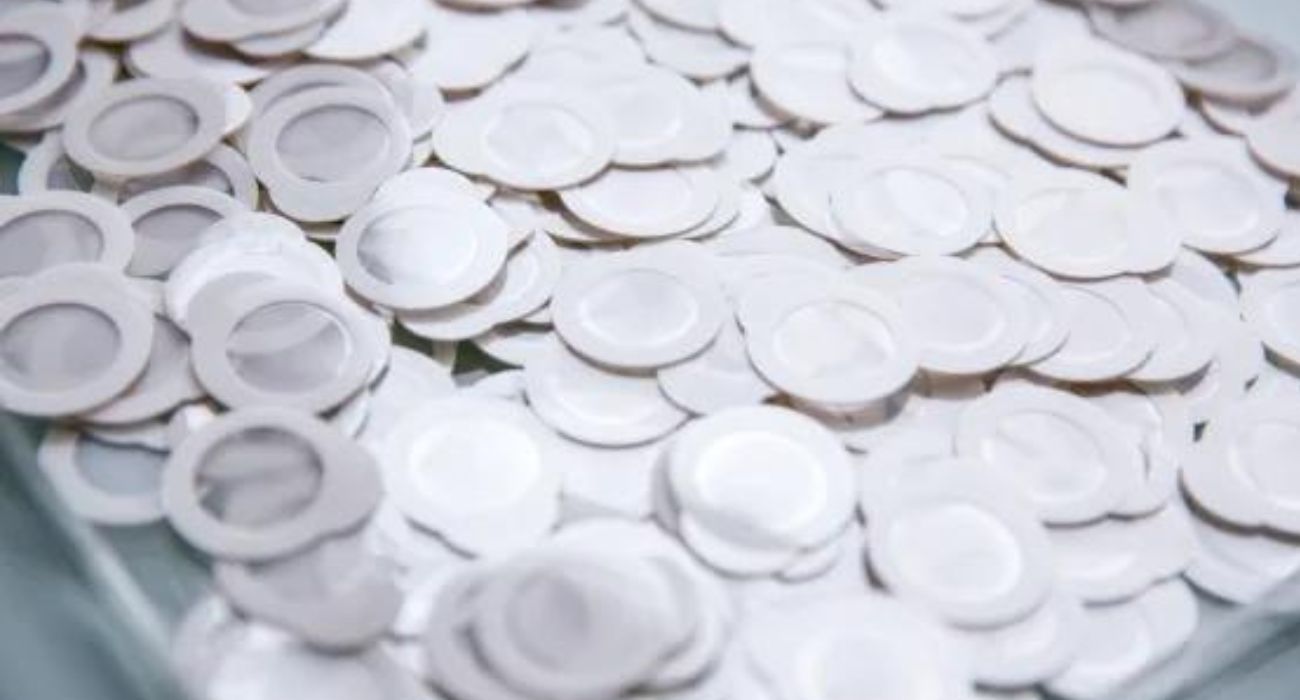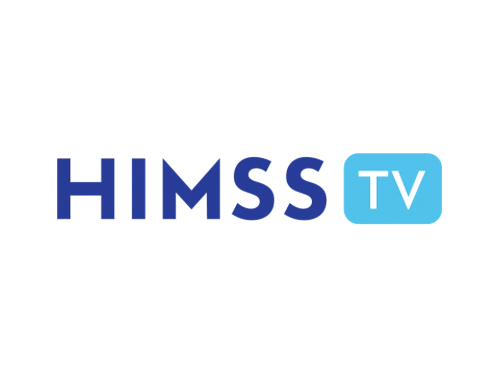An experimental skin patch might offer a groundbreaking treatment plan for those suffering from peanut allergies.
A trial was recently carried out testing the effectiveness of a Viaskin patch developed by French biopharmaceutical company DBV Technologies on toddlers with peanut allergies. Researchers involved in the study reported promising results after one year of epicutaneous immunotherapy.
Published in The New England Journal of Medicine on May 11, the study examined the effects of a skin patch delivering small doses of peanut protein among children aged 1 to 3 who wore them for 22 hours each day.
The findings showed that 67% of the children experienced reduced sensitivity to peanuts after 12 months. In the placebo group, approximately 33% of the children experienced similar effects.
The results are pioneering because not only is there no cure for peanut allergies, the only approved treatment is limited to children aged four and up, according to AP News.
This treatment is an oral immunotherapy taken daily to maintain protection. It only became available on the market in 2020 under the name Palforzia and is currently being tested on toddlers.
An allergy to peanuts is the third most common allergy among adults and the first among children. The severity of reactions to just a trace amount of peanuts ingested or coming into contact with the skin can range from mild to life-threatening.
Hives, wheezing, or even anaphylaxis might occur. In the case of the latter, a shot of epinephrine is required.
As The Dallas Express reported, food allergy sufferers face an especially large risk when they fly.
Epinephrine auto-injectors do not figure among the medical supplies and equipment airlines are required to have on board by the Federal Aviation Administration. The agency is currently reviewing its emergency medical kit requirements.
Given the large risks that peanut allergies carry, the new Viaskin patch offers a promising solution to parents who constantly worry about their child being accidentally exposed to peanuts.
“Peanuts are everywhere — in schools, in daycare, in parties — and parents are always hypervigilant,” Dr. Weily Soong of AllerVie Health told USA Today.
Some Viaskin trial participants reported mild skin irritation, and 26 children experienced anaphylaxis compared to three in the placebo group.
Even though more research is needed, as Alkis Togias, who is an allergist at the National Institutes of Health, explained in an editorial, the study’s results are “very good news” and “the next step toward a future with more treatments for food allergies,” according to AP News.
The Viaskin patch is placed every day between toddlers’ shoulder blades where they can’t pull it off. Each dose contains 250 micrograms of peanut protein.
A similar biotechnology device is being developed to treat heart arrhythmia, as The Dallas Express reported. A tattoo-like pacemaker was recently tested on a rat by a joint team of researchers from the University of Texas at Austin and Northwestern University and showed promise.
Recent studies have linked the propensity of food allergies among children to being overweight or obese. Being obese carries a 59% increase in food sensitivity. Yet across the U.S., childhood obesity rates are climbing, with children ages 10-17 in Texas alone showing an obesity rate of 20.3% in 2019-20, as The Dallas Express reported.
See more at: https://dallasexpress.com/health/treating-peanut-allergy-through-skin-patch/






